Hyper Light Breaker’s Early Access release is nearly here, providing a sequel to indie darling Hyper Light Drifter after nearly a decade. Hyper Light Breaker will differ significantly from its predecessor, evolving not only aesthetic and gameplay aspects, but story and worldbuilding elements as well.
Despite the widely beloved status of Drifter, Hyper Light Breaker will pivot greatly from what’s been established previously in the franchise. The game will be an open-world roguelike and will take advantage of a cel-shaded art style that brings Risk of Rain 2 to mind. With these sweeping changes to the core experience, it follows that changes will come to how the game’s world and story are built. To learn more about how Breaker will evolve the series’ narrative, Game Rant sat down with members of the Heart Machine team—including lead producer Michael Clark, narrative director Laura Michet, senior gameplay engineer Chris Forseth, and art director Danny Moll.
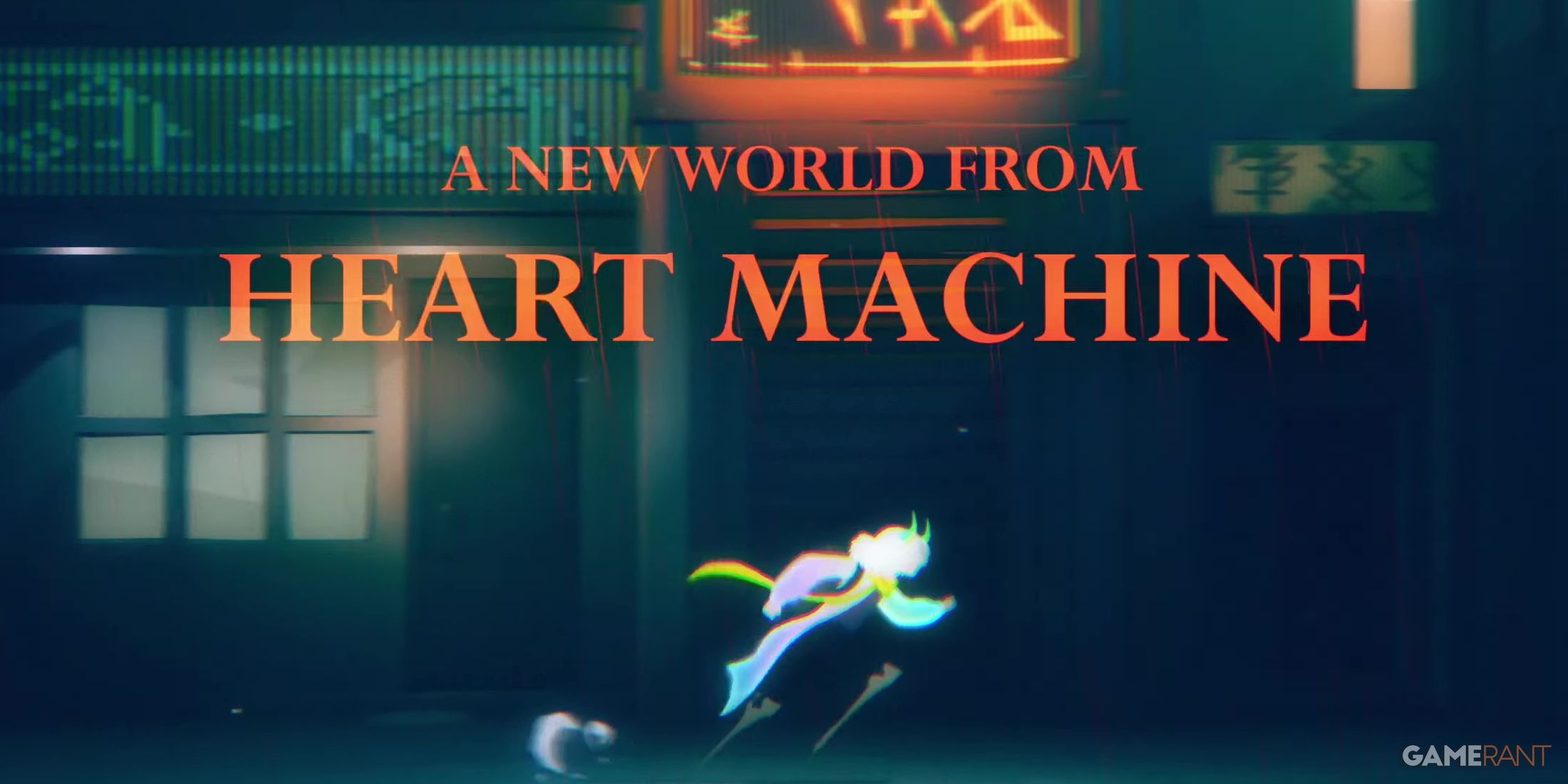
Related
Hyper Light Drifter Dev Reveals New Game Coming in 2025
Before even releasing Hyper Light Breaker, Heart Machine has announced another surprise for fans of its previous hit indie games.
How Hyper Light Breaker Will Build On The World Of Drifter
Q: How did you approach building upon the world/lore of Hyper Light Drifter for Breaker given that it’s not strictly a sequel/prequel?
Clark: The Drifter’s experience takes place much later than Hyper Light Breaker—but they spend much of their time walking through the history of past events. We started with that shared history, expanding the world and the various warring factions and opportunistic groups that sought power. Breaker is a new story with a lot to discover—I don’t want to spoil it—but over the course of early access, players will learn more about what happened here, how the world changes, when the Abyss King gained his power, and who the Abyss King and his Crowns were, are, and aspire to be.
Michet: When we created the story for Breaker, we focused on the characters who are in Breaker—the Breakers themselves, and the Crowns in particular. They have their own experience of the world and their own goals, fears, and relationships with one another. The story focuses on these things.
Q: Hyper Light Breaker will feature up to 3 player co-op. How does this play into the story versus the single-player experience?
Forseth: I don’t believe this is really any difference. It is the same game, same story, just with friends.
Michet: The story isn’t affected by how many players are in your session. Each player makes their own progress through the story at their own pace.
Q: Are there any particularly fun or favorite NPCs that you are excited for players to get to know?
Clark: I think players are going to be very eager to learn everything they can about Pherus Bit.
Michet: I agree—Pherus Bit is my favorite character as well!
Q: Can you talk a little bit about the benefits of using comic book panels to communicate information? What does this add to the overall storytelling?
Clark: Showing and not telling a story draws players into the narrative and asks that they pull the story from the imagery, rather than just reading text. It operates on a different level than text or speech, and plays very well into the worlds we create. We create deep, interesting worlds, and our players enjoy discovering them and discussing them.
Michet: In Breaker, we wanted to try and lean on and extend the storytelling techniques from Drifter in Breaker. We think that there are some cool structural opportunities available in breaking up the story this way and in challenging the player to speculate and investigate as they start to put the story together from different perspectives. Drifter also told its story with enigmatic images representing the perspectives of different characters, so that gave us an opportunity to try and use those techniques in new ways in Breaker.
Q: Drifter had more isolationist, solitary themes, but Breaker is more co-op-focused. How do the themes shift and change between games, and how does that impact its storytelling?
Clark: I’m hesitant to delve too much into this because I want players to experience it in-game, but if Drifter is more solitary, Breaker is more social in its themes.
Michet: Players will discover this as they play Breaker.
Q: Hyper Light Drifter was so unafraid to be bold with its use of color. How does Hyper Light Breaker incorporate this—did you keep any of the same color palette choices from Drifter, or go with different color palettes to establish a different world?
Moll: A key part of Drifter’s color identity is its use of gradients and impressionistic color variation. The Breaker art team has worked hard to translate these kinds of treatments into 3D space to vivid effect. In most cases, we’ve targeted unique color palettes, but in some places (that Drifter fans will recognize) we’ve referenced things more directly. The sky color, just to name one.
[END]


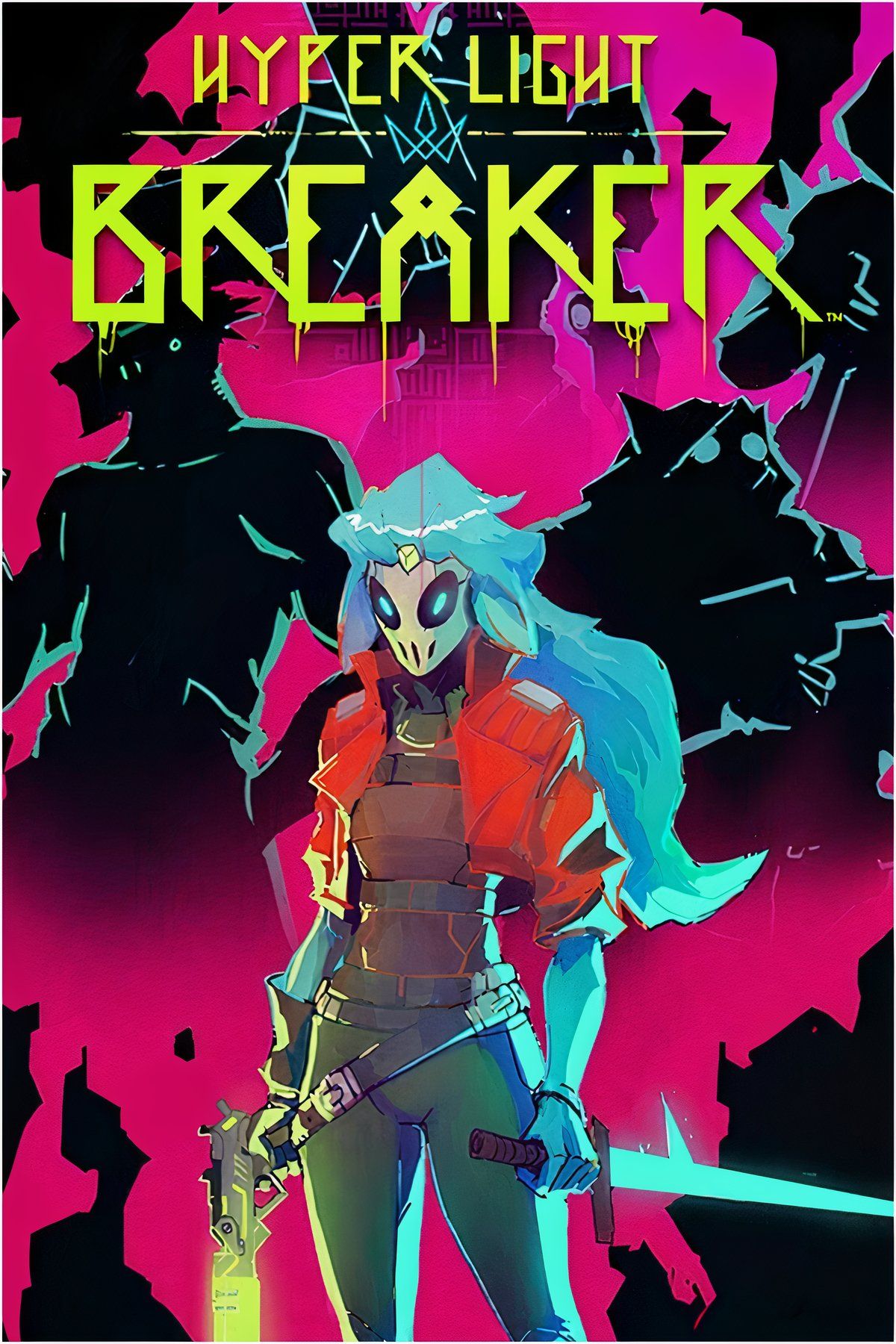

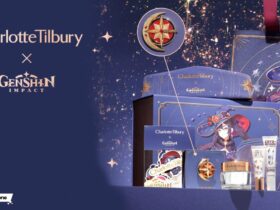





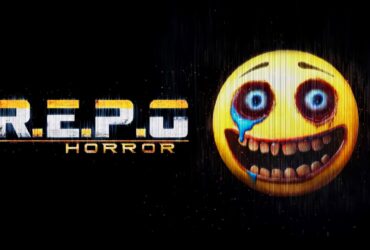
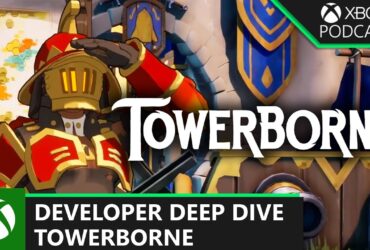

Leave a Reply